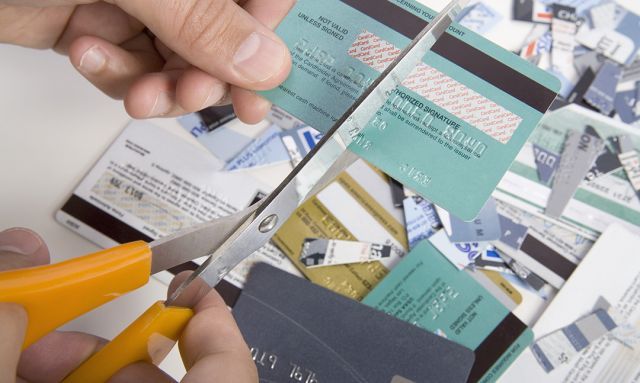
What’s keeping you from saving?
Last fall I had the opportunity to attend the America Saves Summit in Washington, D.C., where government, corporate and nonprofit leaders met to discuss the nation’s savings crisis.
The Federal Reserve recently reported that 44 percent of Americans say they couldn’t come up with $400 to fund an unplanned expense. Last year, the Employee Benefit Research Institute’s Retirement Confidence Survey indicated that 46 percent of U.S. workers had less than $25,000 – excluding home equity and pensions – set aside for retirement. The savings rate hit a 10-year high of a paltry 8.3 percent last September.
During the event, the folks at Military Saves released the results from their biennial Military Saves Survey, highlighting the main challenges standing between Americans and savings accounts. As I listened, I was struck by the idea that these challenges are, in fact, reasons to save automatically. As I list the top five challenges on the list, see if you agree.
• Unexpected expenses. The best way to cope with unexpected expenses is to have some cash set aside in a savings account. What happens when you don’t is the second challenge that keeps respondents from saving, which is ...
• Too much debt. There are plenty of reasons outside your control that you may end up with debt, but if your expenses – unexpected or not – too often outpace your income, you have the power to reverse the trend. And while you’re overhauling – cutting back and cutting out as necessary – carve out some space for saving.
• Buying things you don’t need. Cutting back on unnecessary purchases goes a long way toward turning things around for non- or under-savers. The needs vs. wants discussion is one we should be having with our kids, and not in a “do-as-I-say, not-as-I-do” way. I’m not saying ignore the stuff you want and the stuff you want to do; I’m saying save for it as part of your saving plan as opposed to allowing those wants to become a roadblock to saving.
• Not making enough money. What’s enough? In my experience, we all seem to be able to spend whatever money happens to be coming in our front door. That’s true whether someone is making $30,000 or $300,000. One way to combat this challenge is to put a plan into place to leverage periodic spikes in income (tax returns, inheritances) as well as income increases (pay raises, promotions) and turn those into savings opportunities. Remember, there are two sides to your budget. Working both – income coming in and money going out – is a surefire way to make headway.
• Too many bills. For these folks, a top-to-bottom assessment of where their money goes is probably a good idea. What changes can you make to provide the wiggle room to start to save?
No matter your goals, whether you’re making changes to what you spend, what you eat, how much you exercise or what you save, you’ll always have hurdles to clear. But if you can stay focused and committed, financial freedom waits at the finish line.
J.J. Montanaro is a certified financial planner with USAA, The American Legion’s preferred provider of financial services. Submit questions for him online.
